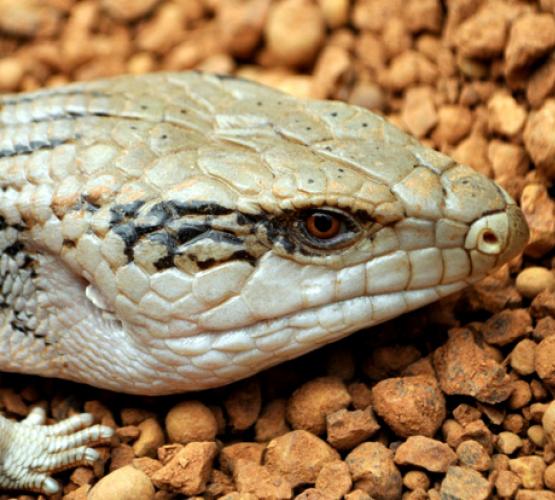- +61 8 9248 1984
-
WHITEMAN
12.7℃

Genus tiliqua
Least Concern
Approximately 20 years
They are omnivorous; feeding on fruit, insects, flowers, foliage and eggs.
The Northern Blue-tongue is found in woodlands, grasslands and rocky plains through to sclerophyll forests. They are found sheltering under logs and thick vegetation
There are 7 species of Blue-tongue Lizard, across Australia (Western, Eastern, Northern, Central, Bobtail, Blotched, Pygmy). The Northern Blue-tongue is found in woodlands, grasslands and rocky plains through to sclerophyll forests. They are found sheltering under logs and thick vegetation. They are slow moving, terrestrial and diurnal. They are omnivorous; feeding on fruit, insects, flowers, foliage and eggs. Blue-Tongues are live bearers. They can give birth to 5-25 babies, usually between December and January. You cannot tell the difference between genders simply by looking at them. In Australia, we have over 370 species of skink. The Blue-tongue is one of the largest Skinks in the world. On average they grow to 30-35 cm from snout to the end of their body (not including the tail). Including their tail, they could reach 50cms long. The blue tongue acts as defense! Other animals mistake the colour blue for something venomous.